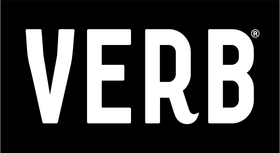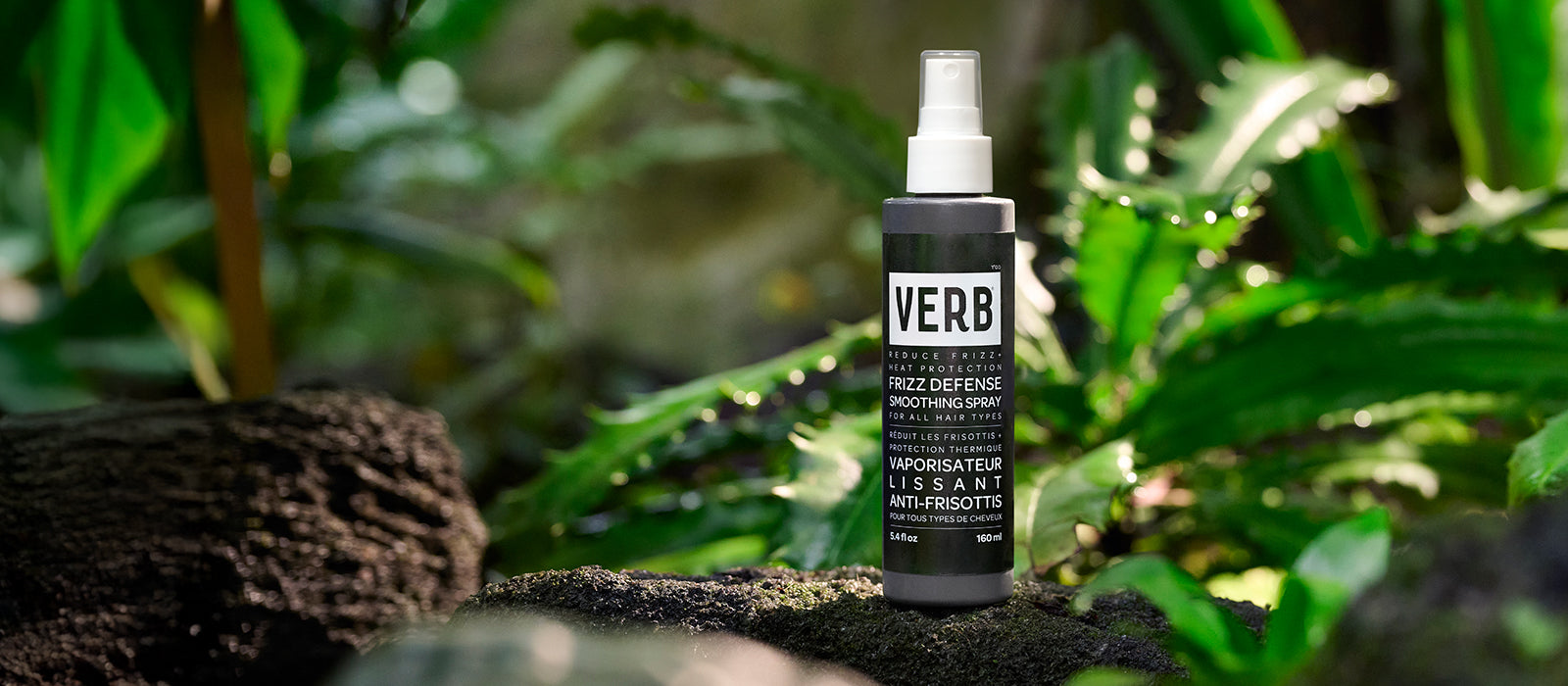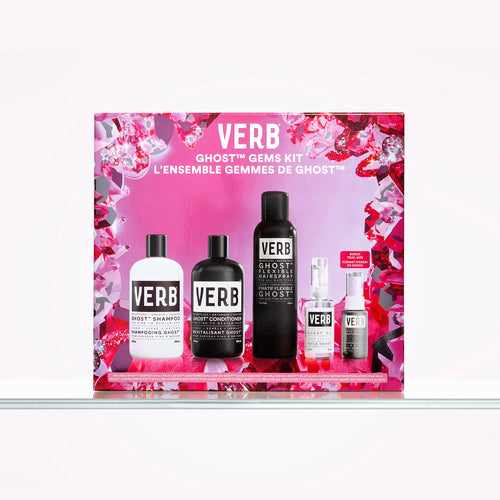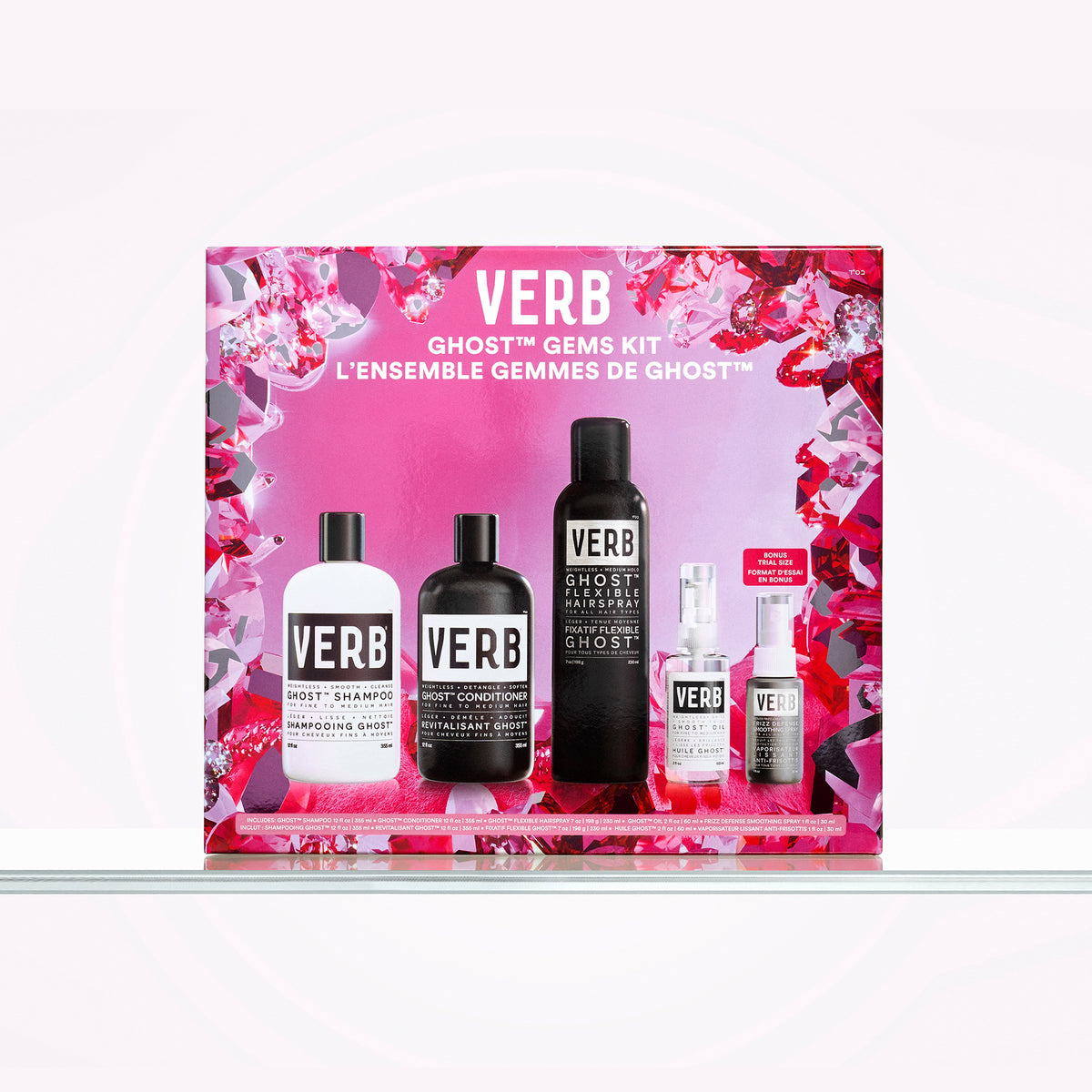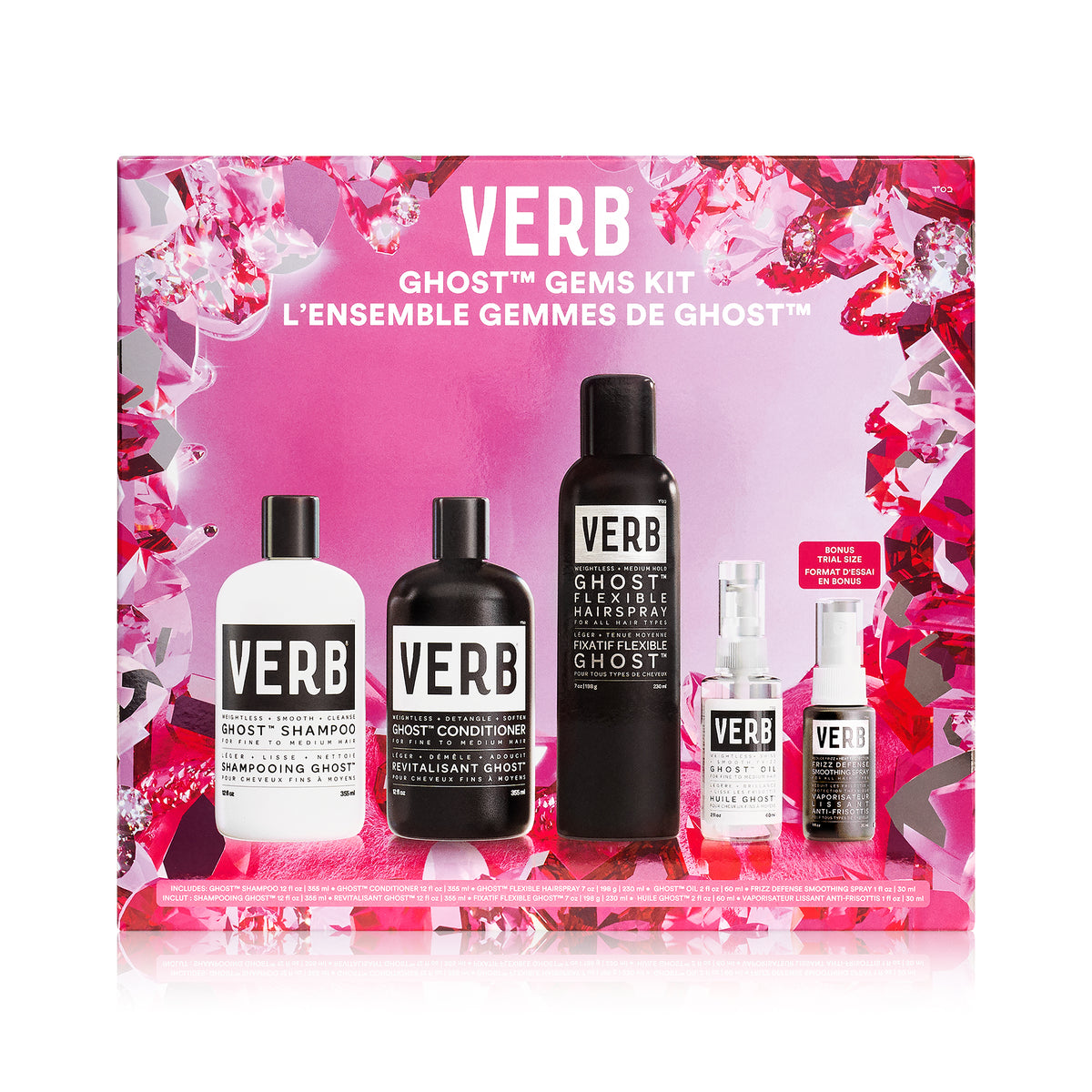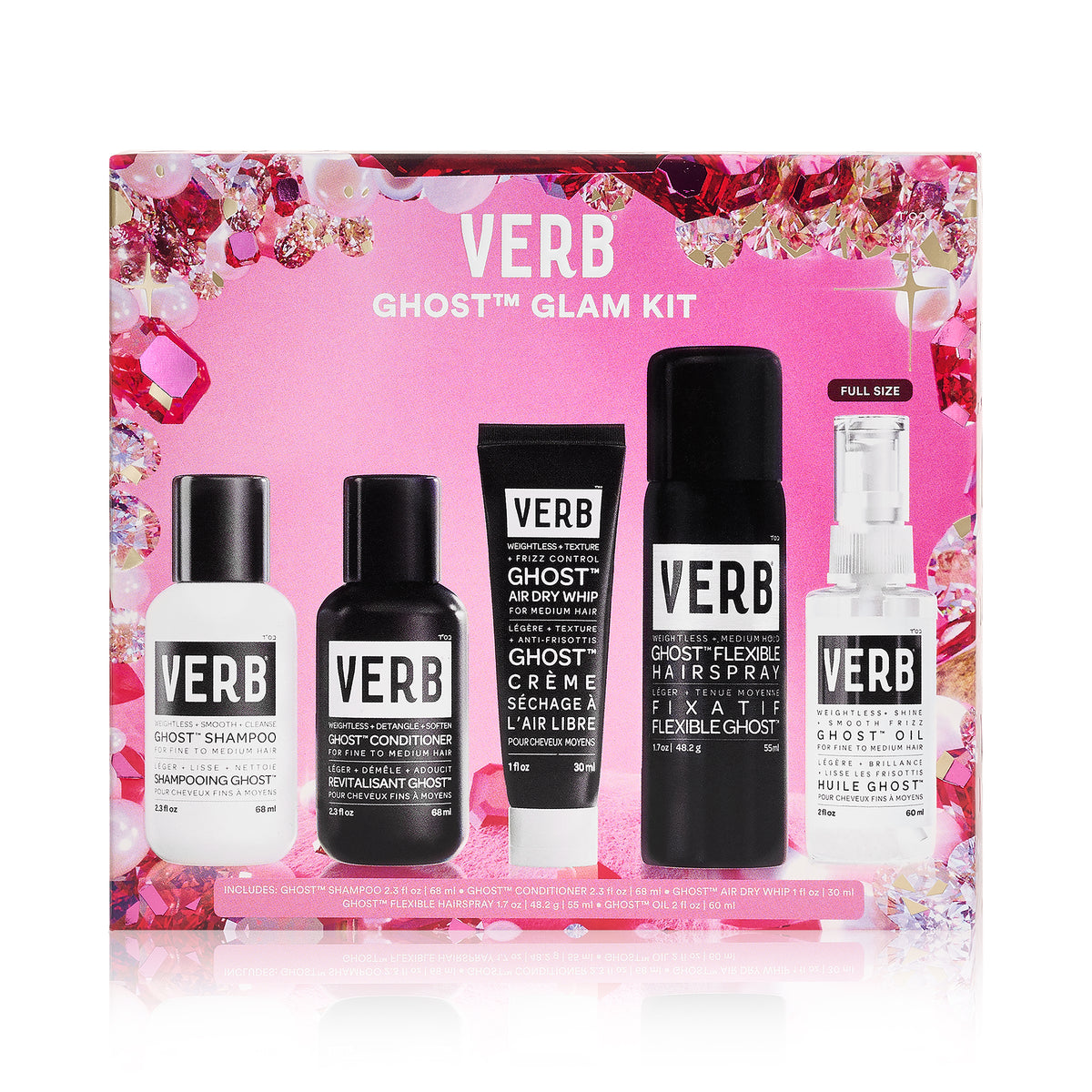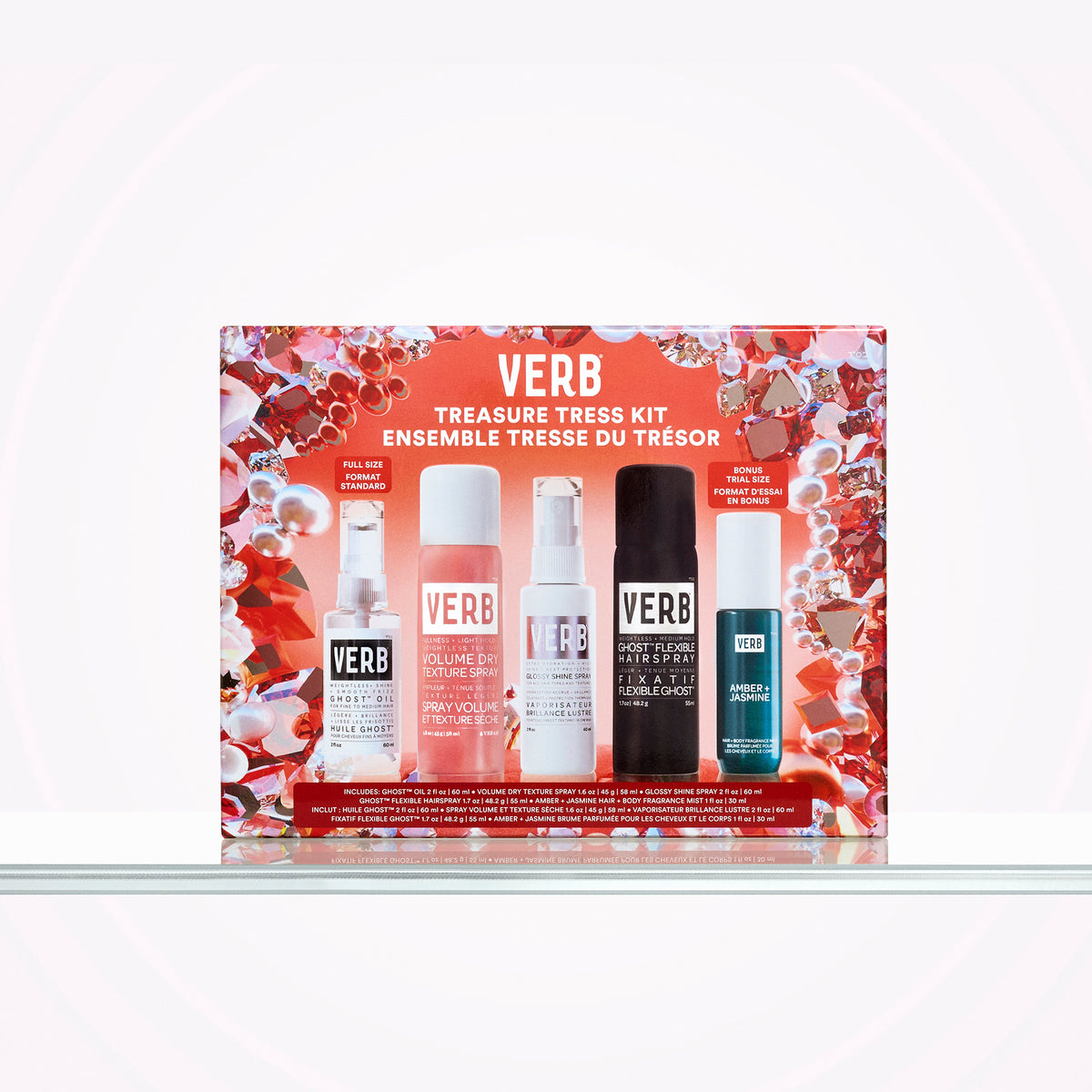If you've been on the look for a hair change, chances are you've encountered the current hair debate: balayage or highlights? To the untrained eye it may seem like the same thing, but when you love hair as much as we do, you know there is a huge difference and so many questions to ask before deciding. Which is better for your hair? Which looks the best? And the most important question... which is easiest on the wallet?
We're breaking down the basics of each style to make your decision a little clearer and a lot easier:
Balayage
What is a balayage?
Balayage is a technique named after the french word “balayer”, which means to sweep. In a balayage, dye or lightener is hand-painted on random sections of hair in a sweeping motion to create a natural sun-kissed look that gradually gets lighter moving down the hair shaft.
Unlike highlights or other dyeing methods, a balayage does not use foil. The application starts super-fine with a few strands at the top of the hair and gets thicker moving down to mid-shafts and ends. The result is a blended glow that appears more natural than the patterned look that you’d get with highlights.
Most stylists recommend using a color that’s a few shades lighter than your hair’s natural base, which helps to create a gradual blend and makes the look easier to maintain. However, you’ll probably still need to get touch-ups every 3-6 months depending on whether you get a full, partial, or mini balayage.
How much does a balayage cost?
You can expect to pay anywhere from $70-$500 for a balayage depending on where you go, which version you get, and how many appointments you need. It’s one of the most expensive coloring techniques offered by salons, and may require 1-3 sessions to achieve.
Highlights
 |
 |
What are highlights?
Highlights are a hair-lightening technique that involves the use of aluminum foil and chemicals to saturate strands from roots to ends in order to create depth and layers. During the process, hair is separated into sections which are weaved using a pick to create smaller subsections. The stylist carefully chooses a few subsections to coat with lightener and then wraps them in foil to change their color. Heat is not needed, but is sometimes used to speed up the lightening process. The result is a patterned look with contrasting layers of dark and light strands.
Outside of traditional highlights, there are also babylights and lowlights:
- Babylights: Babylights are a subtle form of highlights that involve smaller gaps between lightened strands to create a more natural effect that’s less prominent than traditional highlights.
- Lowlights: Lowlights are used when the person already has highlights, and involves using a color that’s as dark or darker than their natural color to add dimension.
How much do highlights cost?
Highlights typically cost between $50-$115, depending on the salon you visit and which form of highlights you get. Partial highlights tend to be on the lower end and may cost $70 or less, while full highlights start at around $75.
What’s the difference between a balayage and highlights?
A balayage creates a more subtle and natural look that gradually blends dark and light strands moving down the hair, while highlights create a prominent pattern with noticeable contrast between light and dark layers.
During the application process, a balayage involves hand-painting strands starting at the top of hair and then moving down. Highlights separates hair into sections which are then wrapped in foil to create layers of light and dark strands.
In terms of cost, a balayage is usually more expensive than highlights. However, highlights require more long-term maintenance which can add up over time.
Which option is right for you?
A balayage is ideal for people who want a subtle and natural-looking color transformation. It creates a gradual blend that may have your friends wondering if you got a treatment at all. On the other hand, highlights are great for people who want a more prominent transformation (except with babylights) with noticeable layers and lots of depth. A stylist can talk about each option and help you determine which look suits you best.
How to maintain a balayage or highlights
Color treatment, no matter which option you choose, is damaging to your hair. Without proper care, your hair can dry up resulting in breakage and color fading.
To prevent this, you should talk with your stylist about how often you’ll need touch-ups and products you can use at home to extend the time between visits. Most highlights require touch-ups every 4-6 weeks, while a balayage needs a touch-up every 3-6 months.
For products, your stylist can recommend options tailored to your specific hair type and texture, but you can also take our hair quiz for a few other personalized recommendations.
In general, we recommend using products formulated for color-treated hair that help replenish moisture lost during the lightening process. Our Purple Shampoo and Purple Mask are great for anyone with blonde, silver, or platinum toned hair. For all other colors, check out our Hydrate Collection for a variety of moisturizing products. Last but not least, extend your color by skipping washes using dry shampoo to keep hair fresh.
Hopefully by now, you've decided which of these two hair treatments is the one for your transformation but if you still have questions, feel free to DM us on Instagram at @verbproducts. We can help with suggestions + recommendations so you can live with #nobadhairdays.
